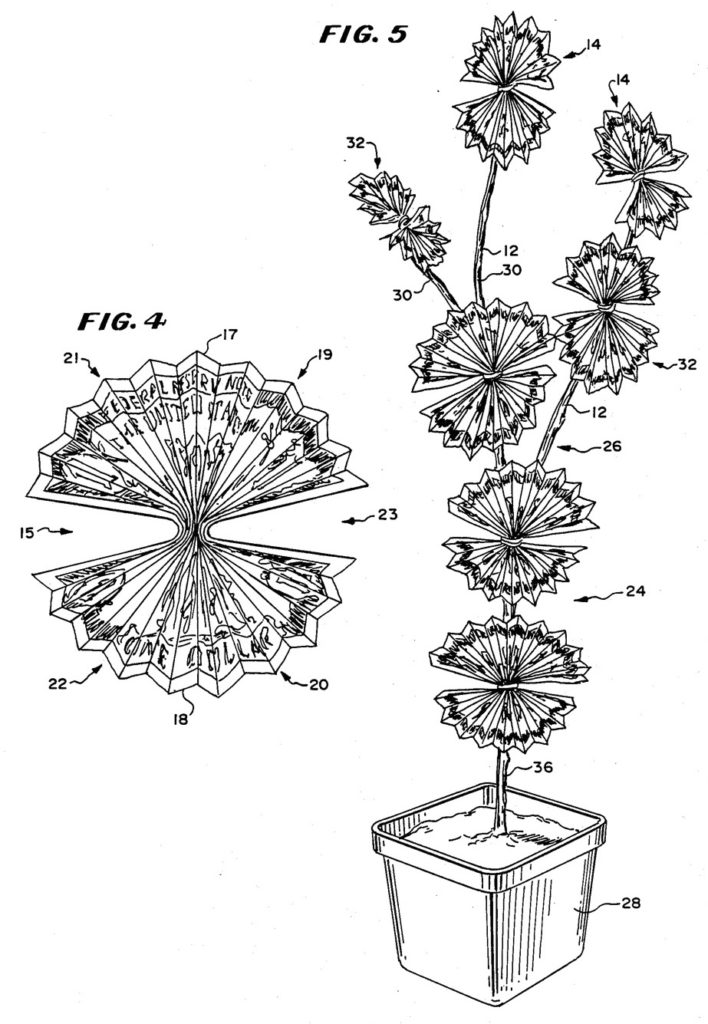One of the best reasons to carefully consider filing a patent application is because it could give your business one or more additional revenue streams. Depending on your industry, the quality and breadth of your patent or other intellectual property (IP), and your approach, such licensing revenue could be significant!

Table of Contents
What is Licensing?
Can I pursue a license and still continue to operate my business?
How do I license my IP?
Case Study in Licensing Course Content
Case Study in Licensing Patents
What is Licensing
Licensing can mean different things in different contexts, but in this post I will be focussing on the idea of licensing your intellectual property to another business. Licensing the right to use software to an end user (such as with an End User License Agreement like those we often click “accept” on) is similar but won’t be the focus of this post.
In an IP license, typically a licensor would give a licensee the right to use their IP in exchange for one or more forms of payment. These payments might include upfront payments, milestone payments, or royalty payments, among others. Upfront payments are amounts that the licensee would pay to the licensor right when the license agreement is signed. Milestone payments would become due when certain objectives are achieved. These might include issuance of one or more licensed patents, first commercial sale of the product, or any number of other achievements. Royalty payments would give you, as the licensor, a percentage of the revenue the licensee makes based on sales of any products that utilize the licensed IP. Royalties are important for you to get a portion of the profits generated with your idea, especially if it does really well!
Can I pursue a license and still continue to operate my business?
Thankfully, it doesn’t have to be one or the other. In many cases, creators try to license their IP exclusively. This means one party would have the exclusive right to use the IP that is being licensed and you, as the licensor, would be contractually obligated not to give any other party the right to use it. An exclusive license would typically require higher payments than a non-exclusive arrangement (all else being the same) and could be easier to put in place since you only need to deal with one other company.
If you still want the ability to build your own business, one option could be to consider licensing your IP in another country that your business doesn’t currently operate in (presuming you have a patent or other IP in that country). This would allow you to still offer an exclusive license, the exclusivity would just be limited to that country. If you have a platform technology or IP that could be useful in more than one industry, another option would be to give an exclusive right to use the IP only in one specific industry. This would allow you to keep using your IP in your industry, or even to put multiple licenses in place that are each exclusive to different industries.
These approaches can work really well for startup companies because the additional revenue that comes from licensing in another country or industry can be used to build your core business. This revenue might come in more quickly than your own sales if the company you partner with has already established manufacturing and distribution channels, for example.
How do I license my IP?
One of the most important things to consider when starting to license your IP is whether or not there is a market for your product. Who wants it? Who are the end users? How many of them have told you directly that they can’t live without your product? How many have already paid for it? If you answered “no one”, “I don’t know”, “zero” and “zero”, you will want to work on this first. If you need help, please get in touch!
The next thing to consider is how your customers currently solve this problem. What companies do they currently give their hard earned money to in exchange for the solution to their problem? You might want to consider approaching these companies with the opportunity to license your IP! Answering the questions above and building a list of prospective licensees are key components to the first phase of the licensing service we offer at The IP Link. Part of this first phase also includes finding the right individuals to approach within the companies on your list, and prioritizing who to approach first.
If this initial market research comes back positive and it looks like there are quite a few viable options for potential licensees, then it usually makes sense to invest resources into phase two. This phase lays the groundwork for presenting your IP in an intriguing way. We typically draft a succinct one page brochure that highlights the benefits and advantages of your intellectual property, also noting the current protection status and how to get in touch for more information. For certain industries it makes sense to prepare a PDF that can be emailed to potential prospects, but it also usually helps to have a web version of this brochure including a video (if possible). Here is an example of a web-brochure that we put together for a client who needed help licensing his marine oil extraction patents:
https://theiplink.com/tech/no-mess/
Now that you have an awesome marketing document and you know who to contact first, it’s time to start meeting new people and building relationships! This is typically the hardest phase of licensing your IP and can take the most time and effort. But, at least you already have a list of companies that could be great licensees, and a few people at each of those companies that you can attempt to get in touch with. This typically takes the form of online networking, cold calling, emailing, and in some cases attending networking events or relevant conferences (budget permitting).
If you are successful in finding one or more interested licensees, before you realize it, you will be well into the negotiation phase (phase 4). Before proposing any actual financial terms (for example through a license term sheet), it will be important to put resources towards estimating the value of your intellectual property and researching comparable license deals that have been executed in your industry. This financial research will help you avoid being taken advantage of or getting a bad deal.
Rather than jumping right in with a full license agreement, it typically makes more sense to start with a one or two page license term sheet. Such a document will help accelerate the negotiation with your prospective licensee by ensuring that you and they agree on the most important points of the planned relationship, before getting bogged down with extensive legalese.
Once the license term sheet is agreed upon, a full license agreement should be negotiated and put in place. Now the real work of actually commercializing the product can begin! Ideally the new product is a success, in which case you will also want to monitor sales to ensure the proper royalties are being paid.
To summarize these phases:
- Develop a list of prospective licensees.
- Create a licensing opportunity brochure.
- Contact prospective licensees to explore the market and generate interest in licensing.
- If a company becomes interested in licensing, research previously executed licenses of comparable technologies to determine a negotiating starting point for financial terms.
- Once a license term sheet has been executed, source, draft and customize a license agreement.
- Negotiate the full license agreement.
- Monitor the arrangement to ensure compliance.
Case Study in Licensing Course Content
Perhaps you already have a decent relationship with the right person in a company that could be a perfect licensee for your IP. I recently worked with a client who had developed his own management training course with a far better approach and process than existing courses. Such a course might not be patentable, but would be protected by copyright, which can also be licensed.
Amazingly, through various local tech entrepreneurship events, my client had met and built a relationship with the president of a recruitment and HR consulting firm with a specialization in leadership coaching and training. Having a relationship like this can really help you fast-track your licensing efforts. In this case, the client I mentioned was able to skip phases 1-3 and jump right into phase 4! In most cases, finding the right partner (phase 3) is the hardest step, so his success in this should really be commended.
The IP Link helped him source and draft a suitable license agreement that wasn’t too overbearing. Part of this involved thinking through potential scenarios that could arise (both good and bad) and laying out the process for how such situations could be dealt with.
Case Study in Licensing Patents
In another project, I worked with a client who had filed two patent applications years prior to working with me (although The IP Link also helps with this) and one of these patents had been accepted by the patent office (issued). This client had also built his business up to the point where he was manufacturing and selling the product (online and at trade shows). Although not necessary to license a patent, his patent had already issued and he had concrete positive market feedback, both of which helped market the licensing opportunity.
The IP Link helped him develop a contact list, a licensing opportunity brochure, and (as of the publication of this post) we are currently in the process of contacting potential licensees and generating interest!
Please get in touch if you have any additional questions about licensing or need help with it!

